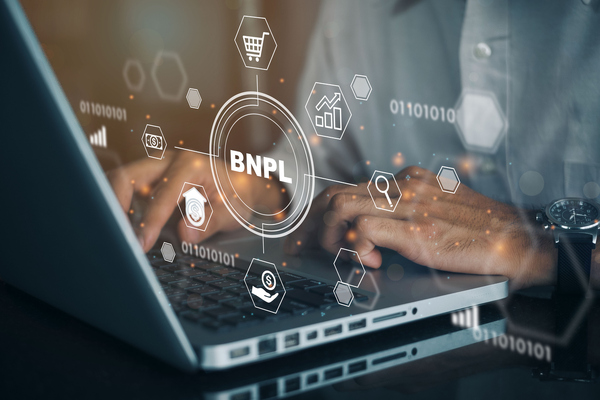Six questions to assess whether you need telematics
Telematics provides value and returns on many levels in the insurance business, and organisations should take advantage to achieve their strategic goals

Insurance telematics has been explored by insurers for the past couple of decades, and insurers have approached it with varying degrees of curiosity, commitment and disillusionment. The same has recently occurred with insurtech.
There have been more telematics failures than successes, but these successes clearly show what is achievable if the technology is used well. When a market is in its “disillusionment phase”, all the past failures are used as excuses for a lack of innovation – the best practices have already demonstrated what can be achieved. As Dr Jan Myszkowski, the author of 50 Shades of Leadership, pointed out during the last peer discussion of the IoT Insurance Observatory, “The world is full of customers and money; if you don’t grow… the problem is you!”
One of the lessons I have learned over the years is that telematics should be seen as a business capability, not as a product or IT project. This strategic capability (basically the application of the IoT paradigm – sense, infer and act – to the auto insurance business) can provide value and returns on many different levels in any insurance company in any market around the world.
There are six questions any business leader can use to assess if this capability is currently necessary for their organisation:
- Are any crashes due to the risky behaviour of your policyholders? More than a dozen insurers around the world are using telematics data within a structured behavioral change program. Best practices such as those of Discovery Insure have generated up to 3 percentage points of improvement in the loss ratio by providing frequent and tangible rewards. This opportunity is so relevant that three insurers – among the largest in their own markets – have introduced telematics functionalities in their core app to offer the behavioural change program to their current portfolio of policyholders (without any element of usage-based pricing) in the past 18 months.
- Does your company care about corporate social responsibility? An insurer able to improve the driving behaviours of its policyholders not only makes their lives better and improves its technical profitability, but also saves lives. Telematics (if used to promote safer behaviour, as explained above) creates safer roads.
- Is your claim department adjudicating and paying any claim? Italian and UK insurers have developed advanced capabilities in using telematics-based insights in their claim processes over the years. I’ve seen best practices detecting inflated claims and reducing by up to 18 per cent the incidence of bodily injuries on their portfolio, with others increasing the 10 per cent settlement speed while also improving customer satisfaction.
- Is your company interested in selecting the lowest risks at each pricing level? At telematics conferences, you often hear that self-selection is the “best friend” of any telematics program. “For sure, there is a world of difference between people who are on [usage-based insurance] and people who are not on UBI […] The fact that you say ‘yes’ to UBI is a data point” is one of my favorite quotes to explain this peculiarity of current telematics offerings. Based on my experience, the magnitude of the effect is different based on the technology used and the product storytelling. For example, a player such as Discovery with an app&tag approach has quantified in 9 percentage points this self-selection effect.
- Do you need to increase retention? Almost all the insurers I have worked with over the past ten years have experienced a higher retention in the telematics portfolio compared with the traditional one. “Customers who connect and sign up for a telematics program tend to have anywhere between 5-15ppt higher retention rates relative to those who have chosen to not enroll into a program” reported Allstate – one of the international best practicioners in mobile-based telematics – a few months ago.
- Is your company interested in making more revenue? Paying a fee to have telematics services wrapped around their insurance coverage has been normal in Japanese, Italian and South-African markets for a few years. Moreover, customers are ready to pay for services even in other markets. SwissRe and my IoT Insurance Observatory – a think tank that has aggregated more than 150 organisations over its six annual editions – have interviewed 10,000 policyholders in the US, Canada, the UK, Germany, France, Spain, Portugal and South Africa this summer. And 57 per cent of them said they would pay at least €5 a month to receive telematics services together with their insurance coverage.
Any executive who has answered yes to one or more of these questions should choose to develop telematics capabilities. The time to start is now because we are talking about capabilities. A competitor’s product can be replicated in a few months, but capabilities need time – innovation lap after innovation lap – to be built and internalised in an organization.
For more facts and figures about insurance telematics and IoT, subscribe to the monthly newsletter Insurtech Facts & Figures
By Matteo Carbone, director of the IoT Insurance Observatory and Net Insurance board member

Business Reporter Team
Most Viewed
Winston House, 3rd Floor, Units 306-309, 2-4 Dollis Park, London, N3 1HF
23-29 Hendon Lane, London, N3 1RT
020 8349 4363
© 2025, Lyonsdown Limited. Business Reporter® is a registered trademark of Lyonsdown Ltd. VAT registration number: 830519543





